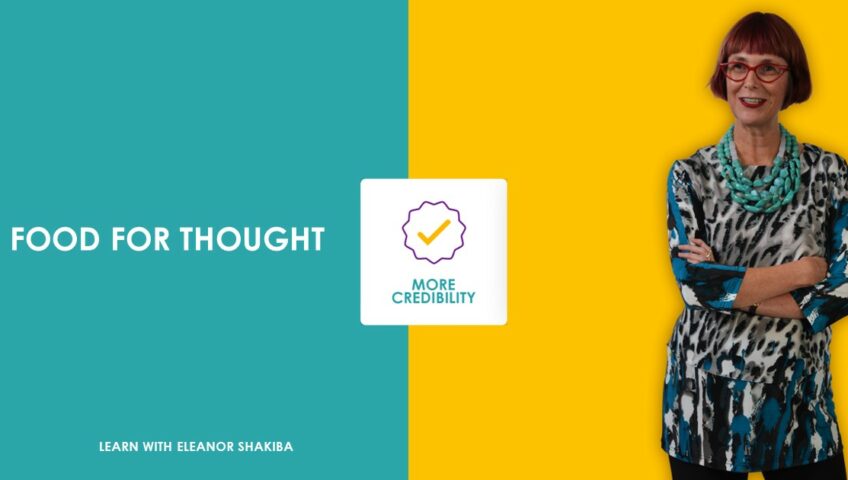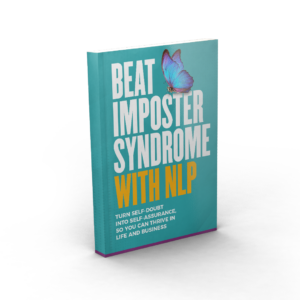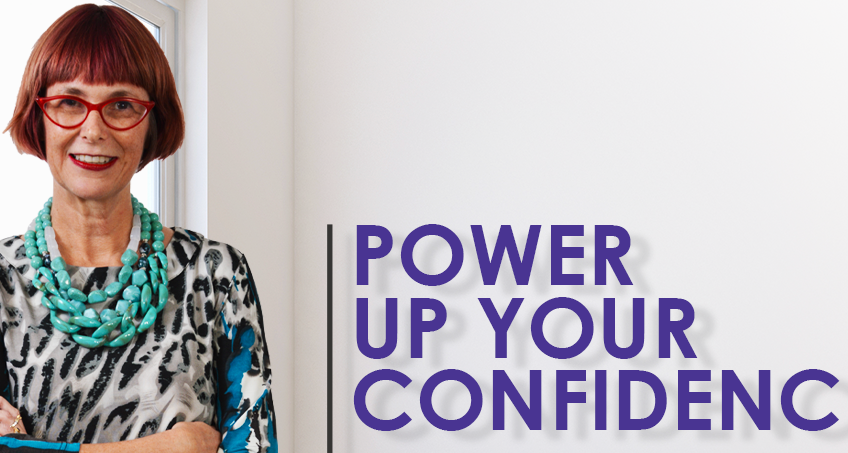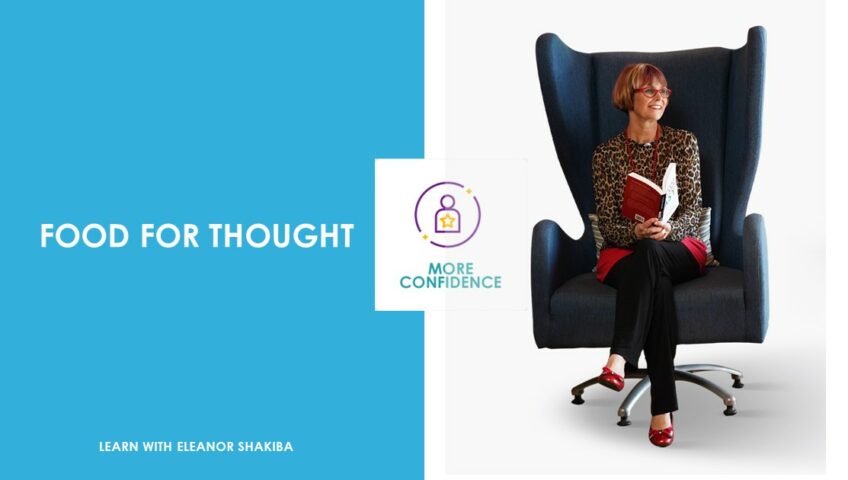Do you know what it takes to be a successful leader? According to Trish Benedik, it takes more than just good intentions and hard work. In her article, “3 Habits That Will Break You Out of Becoming a Leader”, outlines three habits that can get in the way of becoming a successful leader.
1) Don’t be afraid to ask for help: Leaders often feel like they need to have all the answers and be able to do everything themselves. Asking for help when you don’t know the answer or need assistance shows that you’re humble and willing to learn.
2) Don’t micromanage: Micromanaging your employees can actually lead to decreased productivity and job dissatisfaction. Trust your employees to do their jobs and let them make mistakes.
3) Don’t avoid change: Leaders who are resistant to change are often left behind as the industry evolves. Be open to new ideas and change in order to stay ahead of the competition.
These three habits can hold you back from becoming a leader for several reasons. First of all, obsessing over results can cause you to focus on the wrong things. You may lose sight of your goals and become obsessed with the details instead. Micromanaging can make it difficult for others to contribute and can lead to resentment. Finally, being a perfectionist can cause you to delay decisions and hinder progress.
Free e-book and video tips.Get your copy today!
|
|
Perfectionism can be overcome by accepting that mistakes are a part of life and learning from them. People-pleasing can be stopped by setting boundaries and learning to say no. Fear can be conquered by facing it head-on and taking action in spite of it.
Each of these habits can be difficult to break, but the benefits of doing so are worth the effort. Leaders are more effective when they are not held back by these habits. They are able to take risks and make decisions based on what is best for the organisation, not what will please others.
Find out more in the original article here: https://www.trishbenedik.com/3-habits-break-becoming-leader/
This article summary was created by Eleanor Shakiba
Eleanor is a leadership trainer, success coach and people skills expert. She helps managers and business owners build thriving teams and organisations, using tools from Positive Psychology. She's trained more than 60,000 people during her career as a corporate trainer and professional development consultant. Her mission is inspiring talented people to become leaders who make a difference.







